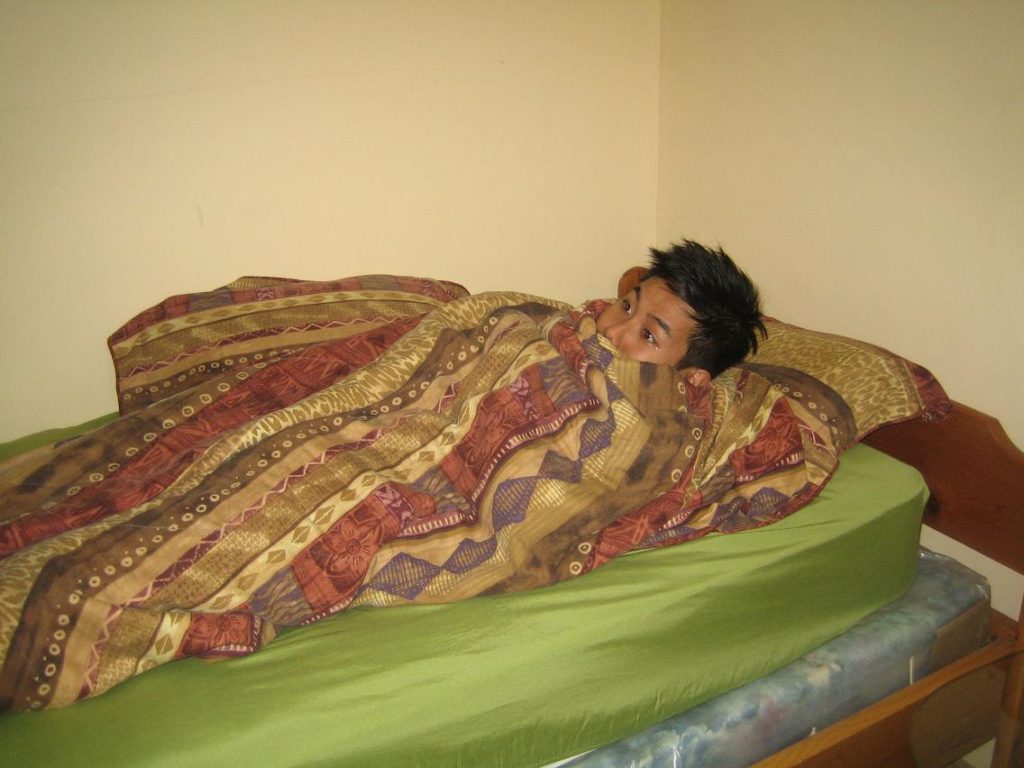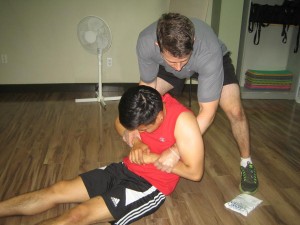Avalanche victims can have severe injuries and a high risk of developing hypothermia. An avalanche is a sudden flow of snow such as in a mountain side. The amount of snow varies based upon certain factors, but it can be in huge amounts such as burying the terrain at the bottom of the slope in dozens of feet below.
Causes of avalanche
- Accumulated new snow can suddenly cascade down the side of a mountain due to rain.
- Earthquakes
- Natural movements of animals
- Artificial triggers such as skiers, snowmobiles, explosives and gunshots
Continue giving cardiopulmonary resuscitation or CPR for at least 30 minutes or until the person starts to breath.
Treatment
- Locate the injured or buried person. Bring a shovel for digging and a set of long and collapsible poles called probes. Use a rescue beacon that can send out a GPS coordinate in locating the buried person.
- If the person is unconcious, dig them out as quickly as possible and lay the person flat on the surface.
- Check the airway. Use the fingers in removing any debris that got inside the mouth. Check the victim if breathing by listening at the mouth while watching whether the chest is rising or falling. If the person is hypothermic, the breathing is slow. Check the pulse at the carotid artery by placing 2 fingers on the neck of the victim, under the jaw line for at least 30 seconds.
- If the victim is breathing with no pulse, perform chest compressions. Compress the chest with the heels of the hands to a depth of at least 2 inches. Compress the chest at least 100 times per minute until a pulse can be felt.
- If the victim is not breathing, give alternate 2 rescue breaths with every 10 chest compressions. Pinch the nose closed with one hand and blow to the mouth of the victim. Check if the chest rises when giving a rescue breath. Continue giving cardiopulmonary resuscitation or CPR for at least 30 minutes or until the person starts to breath.
- If there is a possibility of spinal injury, stabilize the affected person by using a neck brace and a back board. Move the victim on their clothing or by both arms and legs and pull them in a straight line to lessen the spinal movement. Avoid twisting the body or pulling them on one side of the body to prevent moving the spine out of alignment and worsen the condition.
- If the person is conscious, give him/her warm liquids to keep the body warm and prevent hypothermia. Insulate the body with warm clothes or thermal wraps.
- If there is severe bleeding, apply pressure on the wounded area. Generally, apply a tourniquet near the injured part close to the body. Tie it tightly above the affected area using a belt or strip of cloth.
- If there is a broken arm or leg or an injured joint, apply a splint to lessen the pain and prevent further injury and worsen the condition. Wrap the affected area with padding using extra clothes and secure the splint using ties or tape. Avoid wrapping the area too tight to prevent issues with the circulation.
Disclaimer / More Information
The material posted on this page on how to care for an avalanche victim is for learning purposes only. Learn to manage this emergency by taking a first aid and CPR class with one of our training providers.
FACT CHECK
https://en.wikipedia.org/wiki/Avalanche_rescue


